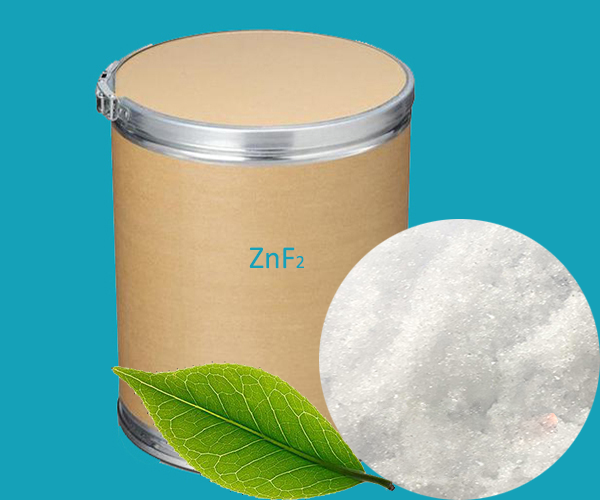Zinc fluoride is an inorganic compound with the chemical formula ZnF2. It is a white solid that has an ionic crystal structure and is usually present in anhydrous form.
Zinc fluoride is stable at room temperature, but it decomposes at high temperatures, releasing vapors of hydrogen fluoride and zinc.
1. Optical material: Zinc fluoride is a transparent material with a high refractive index and low dispersion, so it is used as a component of optical lenses and prisms. It can be used to make high-quality optical instruments such as telescopes, camera lenses, and laser devices.
2. Electronics industry: Zinc fluoride is used in the semiconductor industry as a raw material for chemical vapor deposition and metal-organic chemical vapor deposition for the production of integrated circuits and thin-film transistors.
3. Ceramic and glass additives: Zinc fluoride can be added to ceramics and glass as a flux to reduce the melting point, improve the sintering performance, and improve the mechanical strength and optical quality of the product.
4. Precision Casting: In the field of precision casting, zinc fluoride can be used as a coating component to make patterns and molds because of its high melting point and good thermal stability.
5. Abrasives and polishes: Zinc fluoride can be used as a component of abrasives and polishes for the surface treatment of metals, glass, and ceramics.
6. Pesticides and insecticides: Zinc fluoride is also used as an ingredient in some pesticides and insecticides because it is toxic to certain pests.
7. Dental materials: In the dental field, zinc fluoride can be used in anti-caries toothpaste and oral care products because it can help strengthen teeth and prevent tooth decay.
8. Research and laboratory uses: Zinc fluoride has a variety of uses in scientific research, including as a catalyst, reagent, or as a feedstock for specific chemical processes.
 English
English Español
Español Português
Português Français
Français Deutsch
Deutsch Русский
Русский 中文
中文 日本語
日本語
